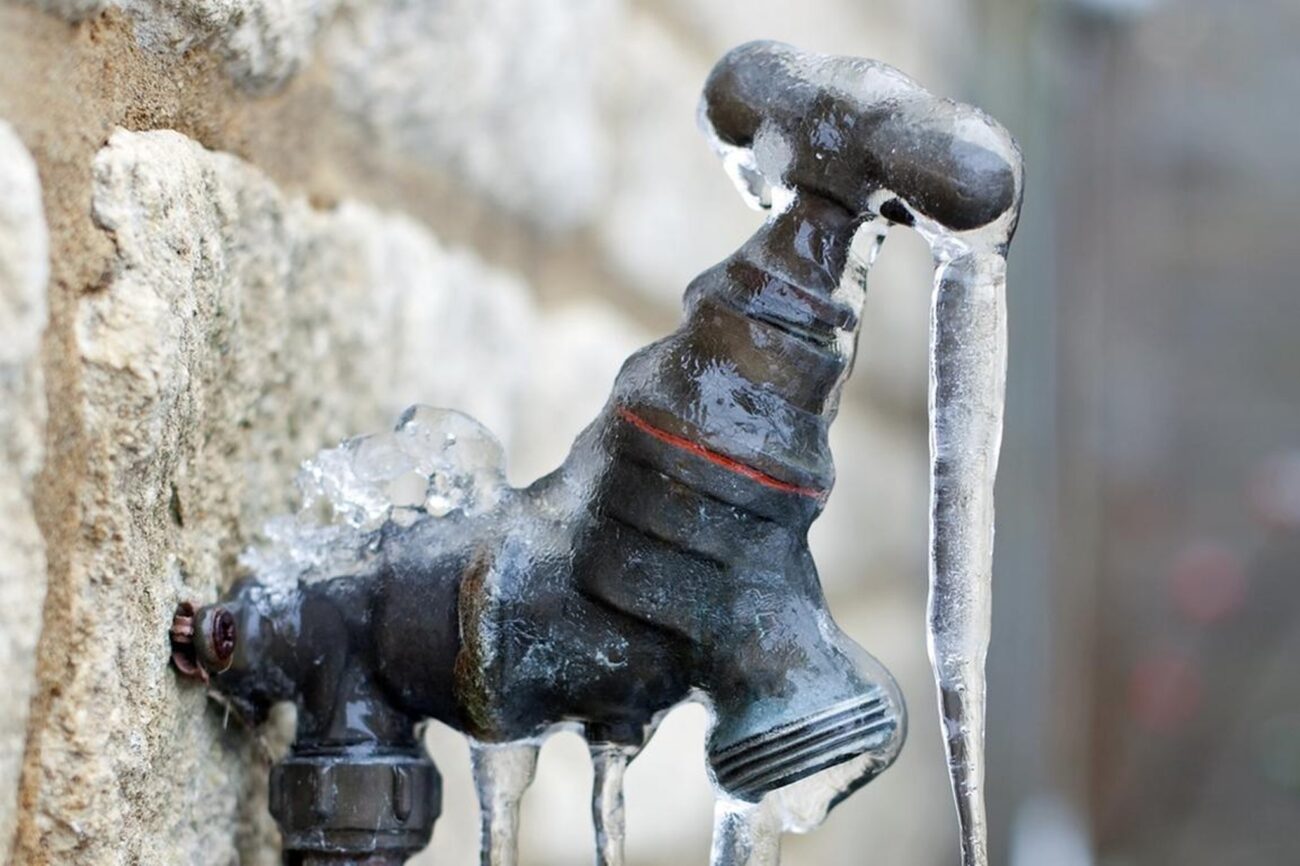
Winter is when we like to sit cozy in our blankets close to the fireplace. At the same time, your home pipeline can give you a tough time. Due to cold weather, water pipes usually freeze. Due to freezing, the pipe experiences a high amount of pressure, enabling it to rupture. If the pipeline develops fracture, it can release gallons of water which can cause water damage, flood damage, and massive structural defects. Water damage has a high chance of development of mold growth right away.
Water pipelines get frozen in winter and temperate areas creating problems for homes every winter. Pipes made of plastic and copper can freeze. The most straightforward technique to prevent pipe breakage is to keep the pipe heated for as long as possible, Sosrescuerestoration shares a few tips and actions and you may accomplish this with any of six easy actions or by collective measures.
1. Maintain a constant temperature
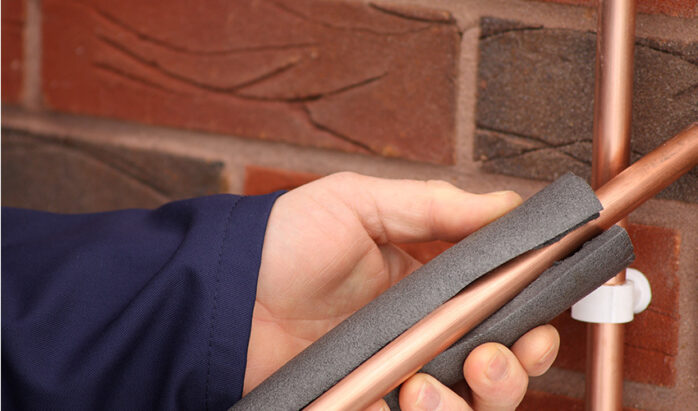
When you or your renters are going on a vacation, ensure the heat is turned on in your home. It is tough to persuade your renters to maintain the heat while they are gone, particularly if they have to pay their bills. You need to educate them about the heating requirement to prevent your pipe from getting frozen, and it may break, causing massive water damage to the property and its belongings. The temperature must be suitable. Ideally, the right temperature is 50 F. This temperature will supply sufficient warmth to prevent your pipe from freezing.
2. Let the tap drip
If you are concerned that a pipeline will freeze, you need to gently open the tap supplied by that pipe, causing the faucet to leak slightly. Leaving the tap open in this manner release system pressure. Due to the pressure built inside the tube, the pipe may break. Keeping the tap bit available releases the pressure inside the line and prevents it from exploding. If your tap serves both cold and hot water, you need to keep the faucet open from both outlets as explained by expert plumbers.
3. Open all the internal door
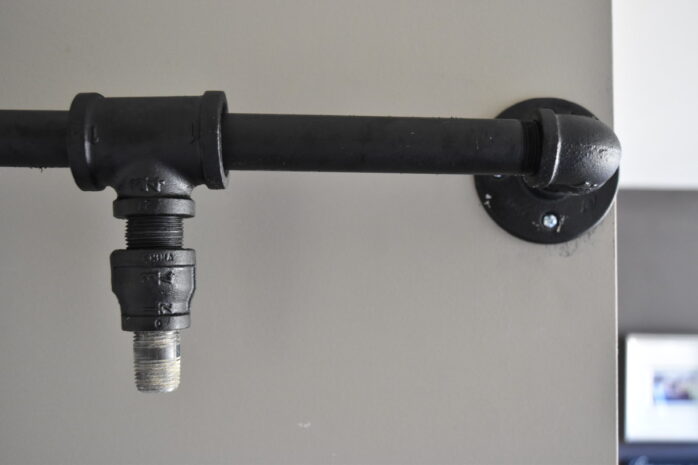
Pipes are frequently found in cabinetry. When the temperature drops, leave these doors open. Opening the door to ensure that the heat from the house enters the place to ensure they remain warm. It would help if you left all internal doors open to allow heat to circulate throughout the house.
4. Sealing all the holes and cracks
Enclose all the holes and cracks around the pipe as they let cold air through it. You can apply caulk or foam insulation around it, and filling the gap from all sides is the only option. Chilly exterior air that may enter via cracks and holes creates a place that is usually relatively colder.
5. Use Heating Tape
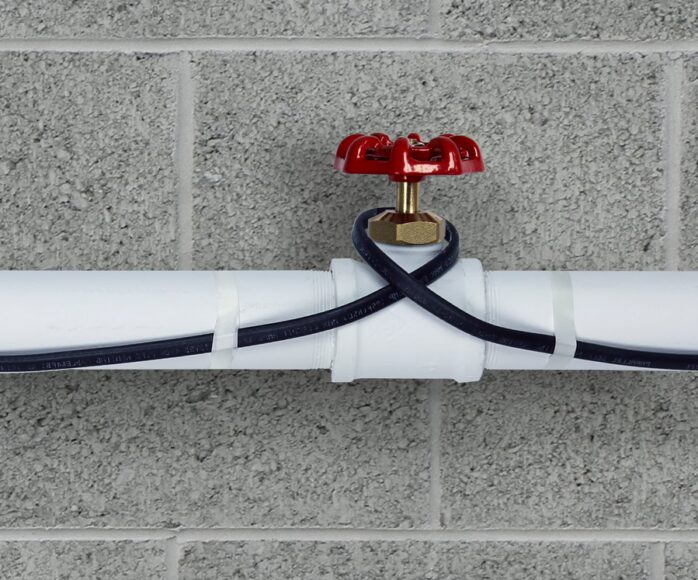
Heating tape functions similarly to an electrical cover for pipelines, giving heat straight to the tube to warm it up while healing cold weather. It is a suitable option for small portions of the tube at an elevated risk of freezing and is readily available so that the tape may be installed and monitored for issues.
Heating tape comes in two varieties. One type detects the demand for heat itself and thus turns on and off automatically, while the other type requires manual plugging and unplugging depending on the need, and it lacks an automated switch. As a heater, these may be harmful, and therefore you must strictly adhere to the product’s instructions and safety precautions.
6. Increase the Insulation
Pipes installed in uninsulated places like basements or rooftops may require additional protection to prevent freezing. Tubes in the foundation and rooftop may be inadequately protected against the weather, and those aren’t the only pipes that need insulation. Extra protection might be the solution if your pipes have been freezing in any part of your property.
Pipes can be insulated using foam rubber or fiberglass covers to reduce the likelihood of freezing. It is a simple option for uncovered pipes, but it can be costly if facades, flooring, or roofs are opened to insulate the pipeline adequately.
Insulation helps maintain a pipeline nearer to the room temperature of water within it, but that does not contribute warmth to the tube and will not avoid freezing if the channel is subjected to freezing conditions for an extended period.
How do thaw your pipe?
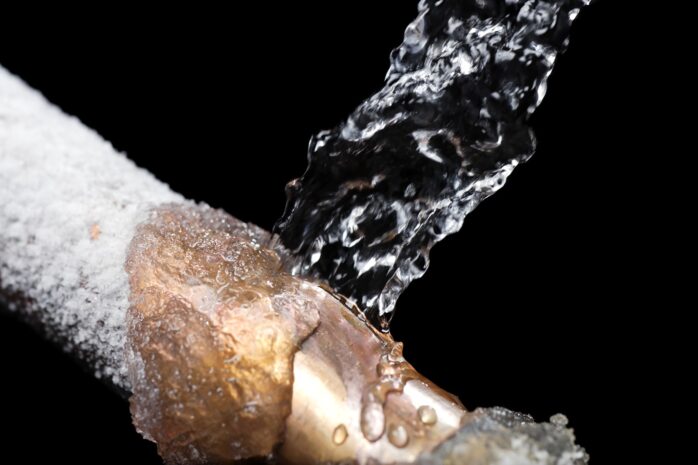
Even after following the methods mentioned above, there are high chances that your pipe may get frozen in winter. In many scenarios, you may notice that the water is coming quite less from the tap, or there is a sudden reduction in the pressure unexpectedly. These all instances are linked to the frozen pipeline. Here is a list of ways to thaw your pipe:
- Close the main supply of water.
- Use a blow dryer, heating pad, or compact heater to thaw the pipeline. Please do not use a blowtorch for this purpose as it may get damaged from the fire.
- Hire a plumber immediately if you find it difficult to thaw the pipe.
- Keep the faucet open while thawing it so that all the melted ice can move out of it.
- You should check all the faucets as there is a chance they are frozen too.
- Before opening the main supply, check the pipeline to get damaged while thawing it. Hire a plumber if it is necessary. Do not think twice in doing so, as it is preferable to invest money here than to take the risk of causing harm to your house.
Conclusion
These kinds of situations may be emotionally and financially exhausting. Maintain all pipes, valves, and plumbing systems regularly to water that does not cause damage to your home or valuable belongings.
Consider taking expert assistance in case of water damage. To prevent unnecessary costs, select a business after doing a thorough analysis. You may call a water damage company in Massachusetts to help you avoid it. It will ensure that quick actions protect your house from any danger.











